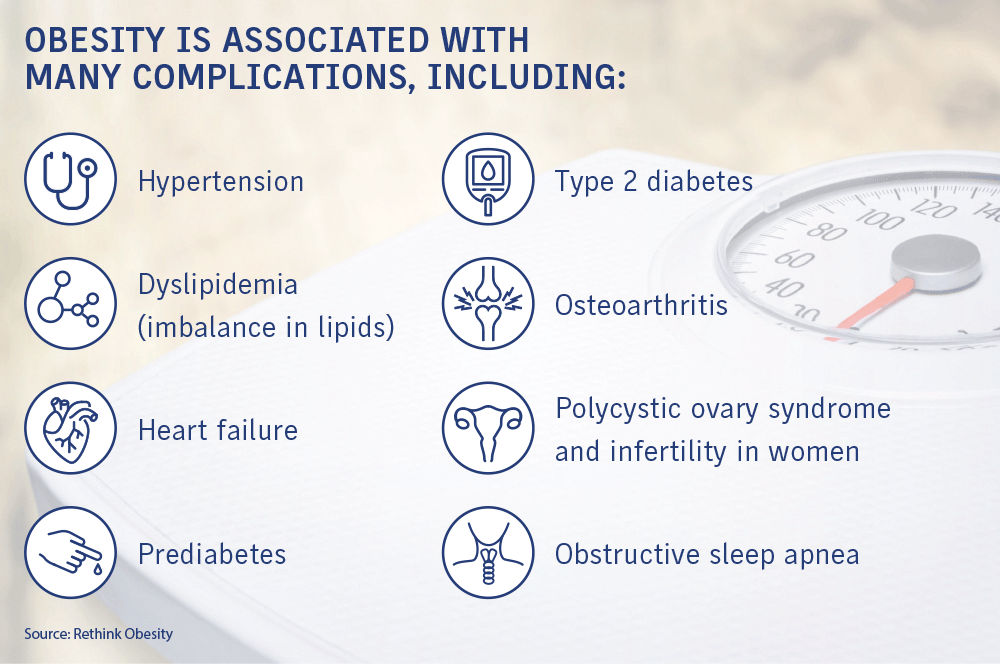Editorial: Healthy diet forms core of recovery
Reprints
Claims professionals have done much to restrain workers comp costs over the past several years. Early reporting of claims, return-to-work programs, building safety cultures, closely monitoring prescriptions, and various other strategies have been implemented to slow the increase in costs.
But as workers compensation claims costs continue to rise, many in the industry are looking for other ways to pare back expenses. As we report on page 4, an offshoot of another comp claims strategy — the promotion of the so-called workers advocacy model, where companies take a more empathetic approach to comp claims — has led to growing interest in improving the eating habits of injured workers to help them recover speedily.
Obesity has long been recognized as a comorbidity that complicates comp claims and directly increases costs. But better nutrition does more than reduce the likelihood of a difficult claim; it can promote healing and make workers more physically resilient, medical experts say. And recent studies have suggested that avoiding ultra-processed foods can also improve brain health, possibly putting workers in a better frame of mind to deal with their injuries.
Assessing the nutritional value of what you eat, though, can be a moving target as researchers come up with new findings or look at studies from a different angle — remember when red wine was bad for you, then good for you and then bad for you again, depending on whether you were concerned about heart disease or cancer? But there is plenty of advice, such as the benefit of eating plenty of fruit and vegetables and going easy on certain fats, that has widespread support among nutritionists.
Communicating that advice to injured workers can start before they suffer an accident by providing nutritious food in work environments and literature on what makes up a healthy diet. Employers can also proactively promote healthy eating to injured workers and support them with meal plans and dietary guidelines.

Some employers may want to go even further and provide financial incentives such as gift cards to health food stores or vouchers that can only be redeemed for nutritious food, in the hope that the initial expense is more than compensated for by a reduction in claims costs and the benefit of getting injured workers back to work more quickly.
Encouraging injured employees to eat healthy, though, requires subtlety and respect for boundaries. Cultural and religious dietary restrictions clearly must be considered, as well as unrelated medical conditions. More than that, though, diet is a personal choice, and it’s one thing for an employer to offer helpful advice and another for a manager to badger a worker into eating or not eating certain types of food. You can lead a worker to the salad bar, but you can’t make him eat.